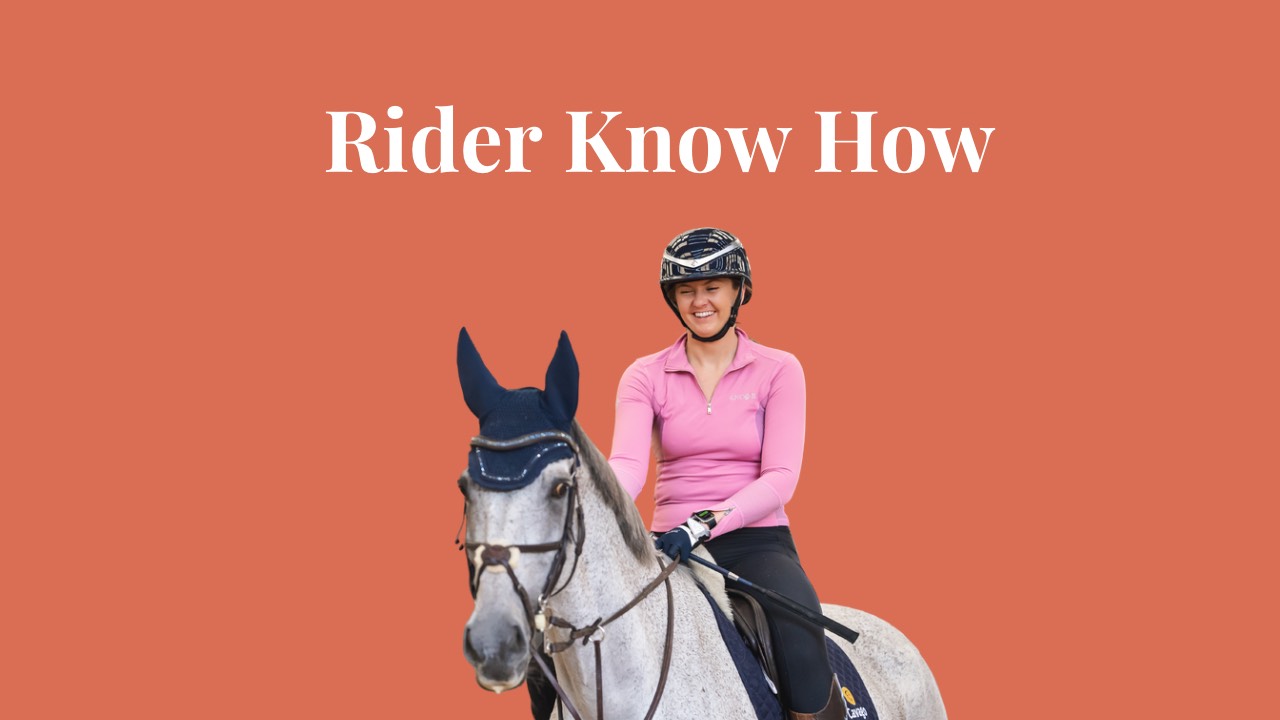Week 5 Introducing New Exercises. How to Evaluate Impact & Effectiveness

Introducing New Exercises
Bringing something new into your schooling sessions can feel exciting or a little daunting. But every new exercise is simply a variation on skills you already have.
This week is about taking the pressure off and focusing on how we introduce change; gently, thoughtfully, and with curiosity.
It’s not about doing it perfectly the first time. It’s about asking the right questions:
What parts feel familiar?
Which parts need more time or support?
What can I adapt today to make this work for us both?
By learning to evaluate an exercise with your horse’s experience in mind, you’ll grow your toolkit for shaping sessions that build confidence, clarity, and connection.

Planning With Awareness
Introducing a new exercise starts long before you pick up your reins.
Start by visualising how the exercise will fit into your arena. If jumps are already out, could you adapt around them? Could you use cones to guide shape or prepare for transitions?
Consider:
Which rein will you start on?
Where will the transitions or turns occur?
Could walking the pattern first help you get your bearings?
Think in building blocks. If a 10-metre trot circle is too soon, ride a 15-metre one instead. If you're not sure where to begin, try riding the shape in walk and mark your transitions mentally (or with markers if available).
This kind of awareness not only sets you and your horse up for success, it helps you notice small wins and adapt as you go.

Explore and Adapt in the Arena
Now it’s time to bring your plan to life.
Start in walk, giving yourself time to feel the space, the lines, and how your horse is responding. Use cones, poles, or arena landmarks to help guide your route and shape.
Here are a few adaptable options to try:
Walk the Pattern: Test your chosen floorplan in walk first. Notice where transitions feel natural and where you’ll need to prepare earlier.
Adjust the Size: If a 10m circle feels too tight, ride a 15m circle or even ride half a circle between two cones to get the feel before progressing.
Visual Anchors: Set up cones or poles to support shapes like loops, corners, or spirals. Visual guidance builds clarity for both you and your horse.
Modify the Aim: Not ready for canter work within a new pattern? Keep it in trot or even walk to focus on balance and understanding first.
Build Transitions In: Think about where you might place a transition, what makes sense for your horse? Try placing a few upward and downward transitions in places that allow you to prepare well and stay balanced.
Ask yourself as you ride:
-
Where does it feel smooth?
-
Where did we wobble?
-
Did my horse seem curious? Confused? Willing?
Your goal isn’t to master the pattern today, it’s to gather insights that help you refine it for next time.

Reflect, Adjust, and Connect
After you’ve explored your new exercise, take a quiet moment to reflect on how it went for both of you.
You don’t need a full write-up or video breakdown. Simply pause and notice:
-
What worked well today?
-
Was your horse curious, calm, distracted, responsive?
-
Did you feel more confident by the end of the session or more aware of what still needs work?
You can jot a few quick notes in your journal, voice-record a reflection while cooling down, or even share a thought or question in the Rider Lounge. It’s not about getting it “right” it’s about tuning in, capturing the moment, and being open to what you’ve learned.
✨ Did one rein feel easier?
✨ Did a tweak in your approach help your horse?
✨ Is this an exercise you’d like to try again next week or adapt even further?
Your insight helps you grow and might encourage someone else too.
Take a breath, celebrate what you explored, and know that being present is just as powerful as the exercise itself.

